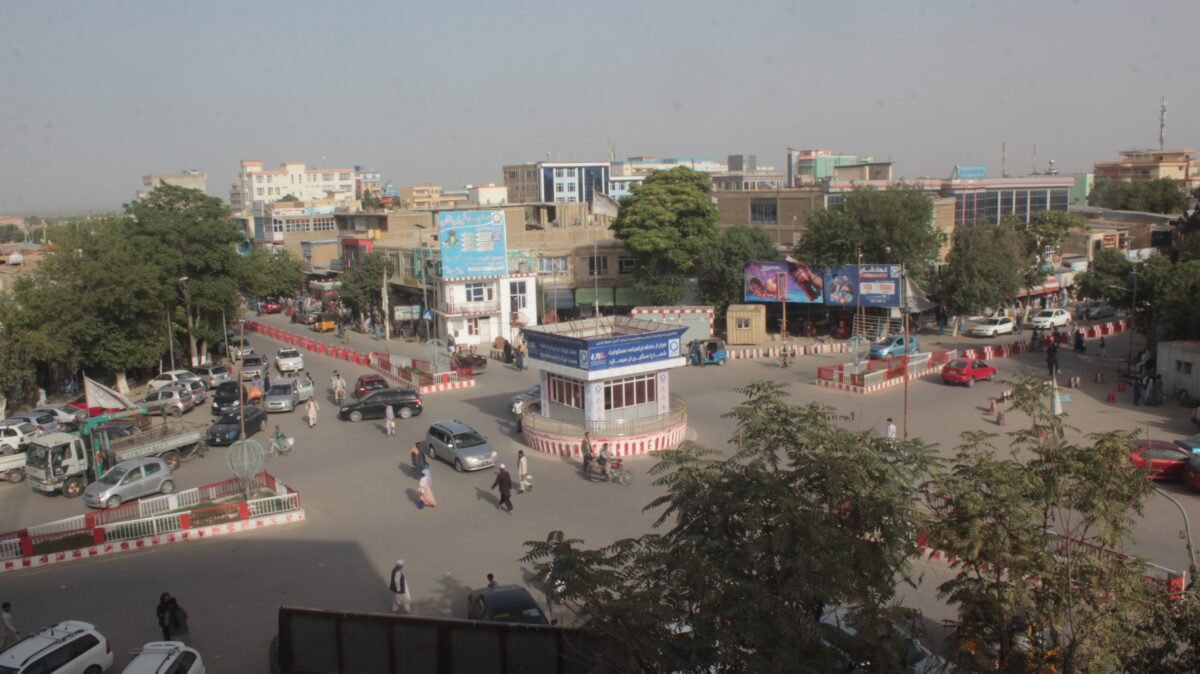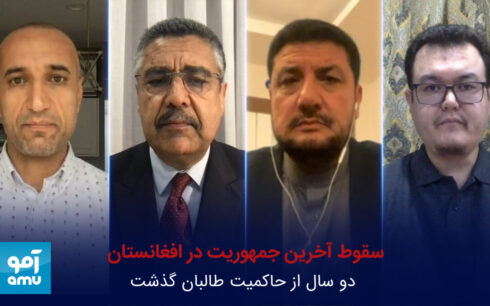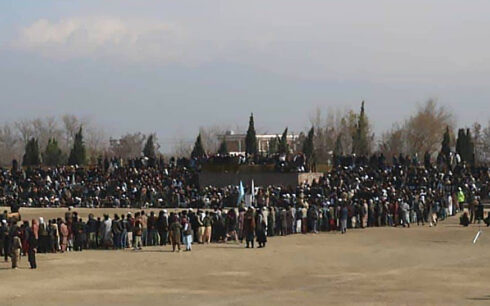Exactly two years ago to the day, August 8, 2021, the cities of Taloqan, Sar-e-Pul, and sections of Kunduz, located in the northern and northeastern regions, were seized by the Taliban.
This move, which sent shockwaves across the country and beyond, was a precursor to the eventual fall of Kabul. In fact, it was only one week away from the republic government’s collapse.
Insiders familiar with the situation at the time revealed that security authorities, including army corps commanders and regiments, had arrived at a pivotal decision to extricate themselves from their reliance on the former military personnel’s association with US support.
Simultaneously, former members of the security forces managed to retake control of the districts of Farkhar and Worsaj in Takhar. This attempt aimed to establish a resistance line stretching from Worsaj district to Panjshir province. However, this endeavor faced failure.
Remarkably, Kunduz city bore witness to intense clashes for the third time in under a decade. Segments of the city had already fallen to the Taliban.
Former Kunduz police chief Zabardast Safi recounted on Tuesday to Amu that the dearth of equipment and weapons forced him and his personnel to withdraw from the city’s central parts on August 8, 2021.
“I found myself with only my driver and three soldiers. I was injured. I discovered that the district had been abandoned. We sought refuge at the airport. It was August 8. We defended the airport for four days. Ultimately, even the airport succumbed to the adversary,” Safi recounted.
On the same day, the city of Taloqan in the northeastern Takhar province also fell to the Taliban. Former Takhar governor Abdullah Qarluq disclosed to Amu this week that a shortage of military equipment significantly contributed to the district’s downfall.
“Our outposts in districts and other areas were far from equitable when it came to equipment access in comparison to the opposing side. They possessed advanced weaponry such as laser arms and night vision goggles, while we had only PK guns and a few rockets,” Qarluq lamented.
Sources indicated that, as of August 8, 2021, the US military exhibited a conspicuous absence of support for the former Afghanistan security and defense forces. This absence resonated heavily, adversely affecting the forces’ morale in their battle against the Taliban, as corroborated by insider sources. Consequently, Sar-e-Pul city in the north met a similar fate.
Former Sar-e-Pul governor Abdulhaq Shafaq disclosed in an Amu interview that he received a directive prompting him to withdraw from the province. However, he chose not to reveal the source of this directive.
“This narrative prevailed. The order was to retreat. Yet, we lacked a destination for retreat. It was a choice between retreating into submission or persisting in combat to secure a safer haven. We chose the latter and sought refuge in the regiment outpost,” Shafaq recounted.
By August 8, 2021, the Taliban had seized control over five provinces—Nimroz, Jawzjan, Sar-e-Pul, Kunduz, and Takhar. Meanwhile, fierce battles raged in the cities of Lashkargah, Herat, and Kandahar.





